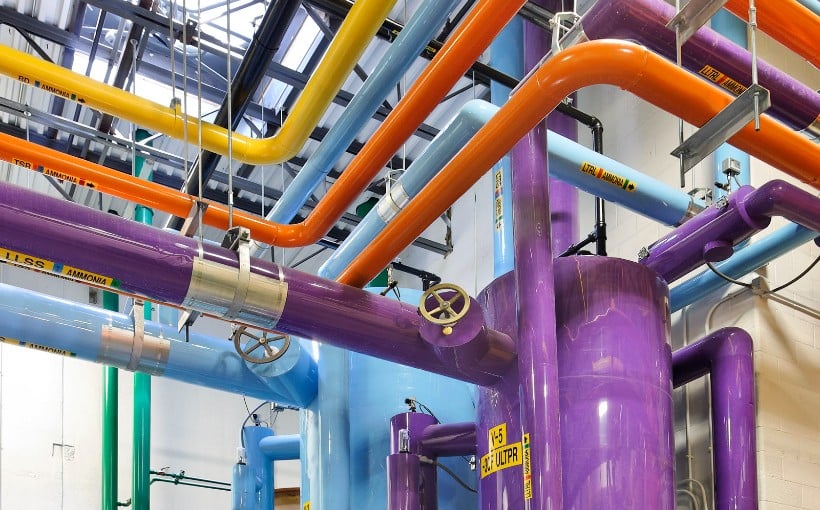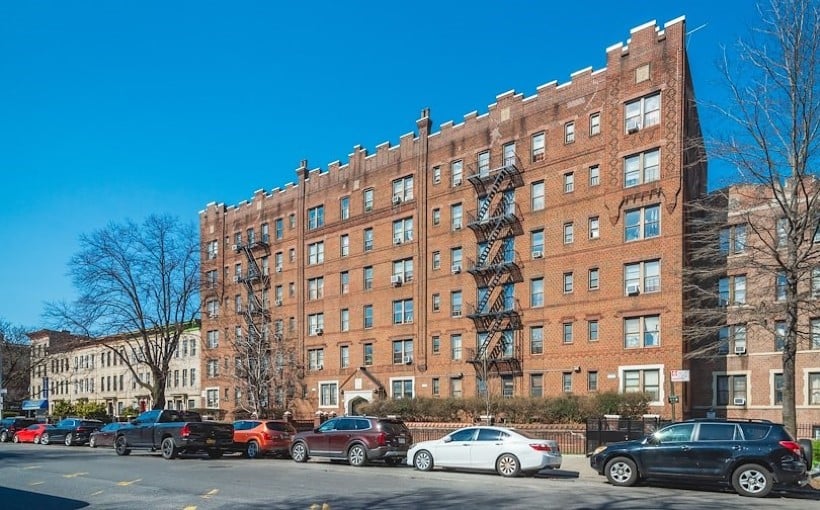Refrigerated warehouses, also known as cold storage facilities, are in high demand due to the increasing volume of perishable goods and the need to replace aging buildings. To gain insight into this market, Connect CRE spoke with Keith Dafcik, COO at Peak Construction.
Q: What areas of construction remain strong despite interest rates and regulatory pressures?
A: Cold storage facilities continue to be in high demand along coastal regions like Texas and Florida as well as inland rail port locations such as Kansas and Illinois. The growing popularity of antibiotic-free produce, plant-based products, and imported fruits has contributed to this demand. Additionally, many existing buildings are outdated for current end user requirements which has led developers to enter the cold storage market; over eight million square feet of new projects are planned for 2024.
Q: What critical design issues must be addressed when planning a refrigerated distribution center?
A: Designing a cold storage facility involves several important considerations that impact its functionality. Understanding the client’s operational needs is crucial in determining factors such as building layout, insulation values for exterior walls/roofing systems (typically R-36 for coolers), thermal integrity measures (such separate steel systems/column isolation blocks/heated insulated concrete floors) necessary for freezers), refrigeration system selection based on product loads/transmission heat/infiltration/etc., electrical service size/back-up power/fire protection/shrinkage compensating concrete floor slabs/dock levelers/pest control/truck & employee vehicle segregation/etc.
Q: Can you discuss any current trends in design/construction within this industry?
A: For speculative freezer/cooler facilities ranging from 200k-300k SF with typical bay sizes being 56’x50′ & clear heights reaching up tp 50′, flexibility is key by utilizing multiple convertible cooler rooms operating at varying temperature ranges (-20 deg -40 deg). Prepackaged refrigeration units have become popular alternatives to central ammonia systems due to lower installation/operating costs and compact design. Fire protection is typically done with a Quell system, allowing for storage up to 50′ high without in-rack sprinklers.
Q: How do the costs of building refrigerated distribution centers compare to conventional ambient facilities?
A: Construction and operating expenses are significantly higher for freezer/cooler facilities (2.5-3 times more expensive). Factors such as refrigeration systems/power requirements/perimeter steel framing/increased roof insulation/fire protection/freezer floor slabs contribute to these increased construction costs while heavy power usage required for the refrigeration system leads operating expenses that can be up tp 60% higher than those of ambient warehouses.




